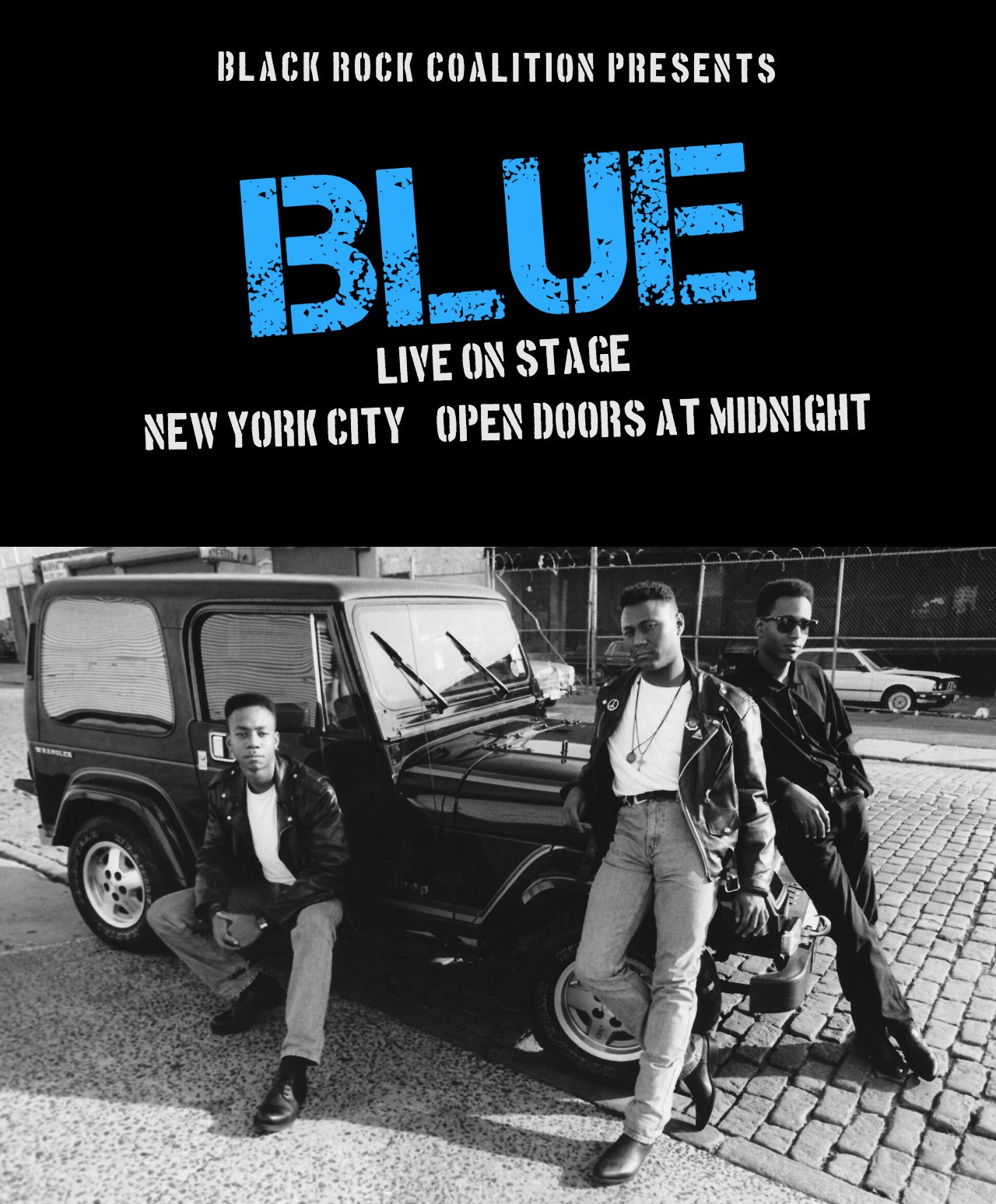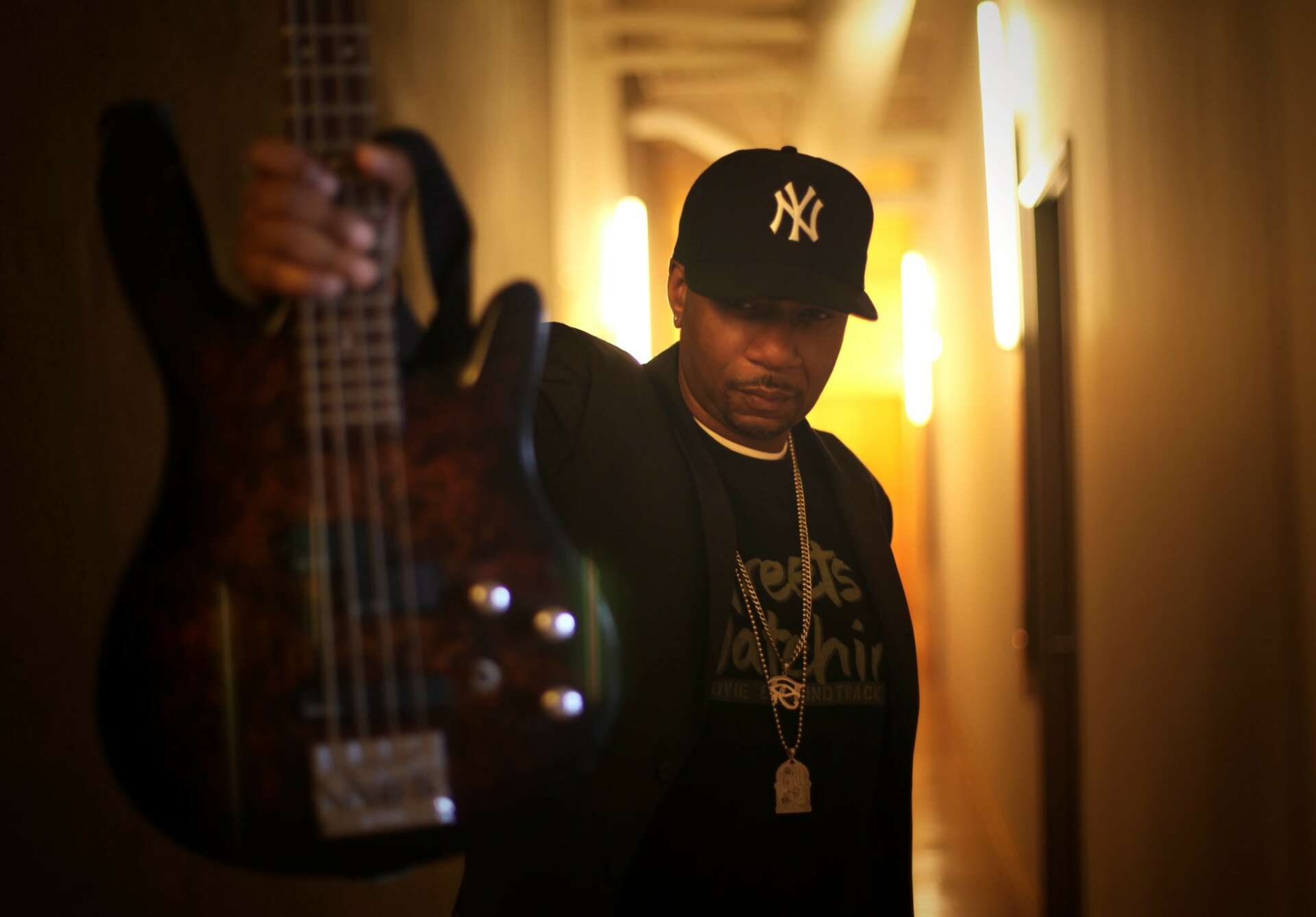We caught up with the brilliant and insightful Abdul Malik Abbott a few weeks ago and have shared our conversation below.
Alright, Abdul Malik thanks for taking the time to share your stories and insights with us today. Have you been able to earn a full-time living from your creative work? If so, can you walk us through your journey and how you made it happen? Was it like that from day one? If not, what were some of the major steps and milestones and do you think you could have sped up the process somehow knowing what you know now?
I’ve been incredibly fortunate and blessed on this thrilling journey. From the moment I walked out of the hallowed halls of New York’s School of Visual Arts with my film degree in hand, the conventional 9-to-5 life became an alien concept to me. Oh, there were those days when I made a few dollars as a busboy in NYC’s Village eateries: Tortilla Flats and Gulf Coast to help fund my education. But once that diploma was firmly within my grasp, I left the ordinary behind, embarking on an adventure that would define my life. To date, I’ve successfully evaded the clutches of what society considers a “normal” job. My path to survival has been intricately woven with the vibrant threads of the arts, both in their creative and technical manifestations.



Abdul Malik, before we move on to more of these sorts of questions, can you take some time to bring our readers up to speed on you and what you do?
I am a filmmaker, a title that carries immense significance for me, as it encapsulates my diverse journey through various facets of the film and television industry. Throughout my career, I have remained an approachable and determined artist, forging a unique path in the world of visual storytelling.
My odyssey began in the realm of sound, where I honed my skills on iconic films such as “Do the Right Thing” and “Mo Better Blues,” along with countless music videos that reverberated through several music video shows and networks. In this domain, I not only refined my technical skills but also absorbed invaluable lessons about the intricate dance of filmmaking’s business and politics, as well as the art of navigating the nuances of film set etiquette.
As a Sound Technician, I climbed the ladder, but destiny had a surprise in store. I found myself in the world of editing, crafting the visual rhythms of music videos. While my ultimate goal was to direct them, my deep understanding of the editing process, combined with my unwavering passion for music and musicianship, made editing the perfect stepping stone.
After meticulously piecing together numerous music videos and fostering trust with the Record Label Executives, I was presented with a golden opportunity – my maiden voyage as a music video director. The canvas for my directorial debut was set with a rap trio known as “2 Too Many,” a song and video that featured the illustrious Will Smith the “Fresh Prince” as one of its producers and stars of the video. This groundbreaking video marked the genesis of my directorial journey, a path that would soon intertwine with hip-hop royalty.
On the set of “All That,” a music video for the rap trio “Original Flavor,” I crossed paths with a then-little-known rapper named Jay-Z. This serendipitous encounter would forever alter my trajectory. Through my connection with Jay-Z and his then manager and soon to be business partner, Damon Dash, I found myself helming some of Jay-Z’s earliest music videos, a journey that led to numerous chart-topping hits and even a certified Platinum long-form music video, a mini-movie of cinematic grandeur, titled “Streets is Watching.”
I can honestly say my career is a tapestry of artistic growth, unexpected encounters, and the relentless pursuit of storytelling excellence.



For you, what’s the most rewarding aspect of being a creative?
As an artist, the most gratifying facet of my journey has always been the opportunity to both entertain and enlighten my audience, using the dual mediums of visuals and music to weave a tapestry of emotions and experiences. While my path primarily led me down the road of filmmaking, my passion for music never ceased to beckon.
In the vibrant heart of New York City, I embarked on a musical odyssey alongside my close friend Daryl Serrano. Together, we birthed the band “Blue.” Despite our youth, Daryl’s profound understanding of songwriting and lyrical prowess served as a guiding light. He took up the mantle of lead singer and lyricist, while I found my groove as the bassist, with shared duties in drum programming and keyboard wizardry. Our creative union bore a demo that, alas, did not pave the way to a record deal. Inevitably, life’s currents steered me back towards the realm of filmmaking.
But the siren call of music persisted. Years later, a technological marvel named GarageBand emerged on Apple’s Mac computers, reigniting my passion for music production. In the digital realm, I honed my skills meticulously over several years. This journey ultimately led to the inception of a new musical venture: B.O.S.S, a captivating fusion of R&B, Soul, and Reggae. At its core was the incredible talent of Natalie Ridley, who took the helm as lead vocalist and lyricist.
The digital age bestowed upon us unprecedented opportunities. Armed with the power of digital recording, I delved into the role of a music producer with unwavering determination. The fruits of our labor could now resonate across the globe through numerous major digital platforms, transcending geographical boundaries and connecting with a diverse, global audience. Moreover, despite limited resources, we managed to produce and direct a series of music videos for B.O.S.S, breathing life into our artistic vision with creativity as our compass and innovation as our guide.
In the digital realm, where the possibilities are as boundless as the imagination, the joy of producing and sharing music with the world knows no bounds. It’s a testament to the ever-evolving landscape of creativity, where passion and perseverance continue to yield breathtaking results.
What can society do to ensure an environment that’s helpful to artists and creatives?
In the modern landscape, the line between “artists” and “content creators” has indeed become increasingly blurred. The term “content creator” can sometimes appear vague or dismissive, as it doesn’t always fully encapsulate the depth of creativity and craftsmanship that goes into producing art. Artists, whether they create music, films, visual art, or any other form of expression, invest their time, energy, and often personal resources into their work.
It’s absolutely valid to argue that society should recognize and support artists by respecting their creative endeavors as both art and business. Artistic creation is not just about producing content; it’s about conveying emotions, telling stories, and evoking meaningful responses from audiences. This process can be intricate, time-consuming, and costly, especially when it comes to producing music and films, as you’ve highlighted.
The issue of society expecting art for free, while still paying streaming companies, raises crucial questions about fair compensation for artists. Organizations like SAG-AFTRA, and WGA play vital roles in advocating for the rights and fair compensation of artists, and strikes can be a means to bring attention to these issues and push for necessary changes in the industry.
In an era where digital technology has revolutionized the distribution of art and entertainment, there’s a growing need to establish fair compensation models that ensure artists receive their rightful share of the revenue generated by their work. It’s a complex issue that requires a thoughtful and balanced approach, one that acknowledges both the creative and economic aspects of art.
Supporting artists and their art isn’t just about enjoying the final product; it’s about recognizing the value of their creative contributions and ensuring they can continue to enrich our lives with their work. This involves not only paying for their art but also advocating for fair compensation models that sustain the arts and empower artists to thrive.
Contact Info:
- Website: www.abdulmalikabbott.com, www.BOSSmusicNY.com
- Instagram: www.instagram.com/djabbyab
Image Credits
Mark Laurent, Eliot Aether, Monica Callenbach


